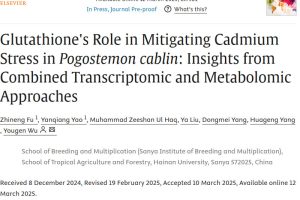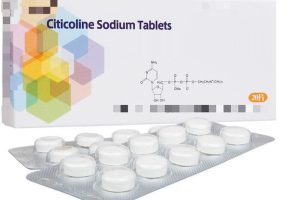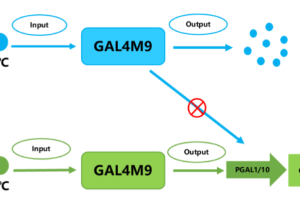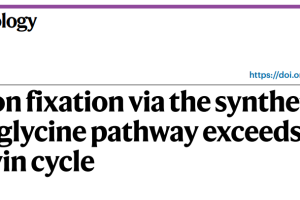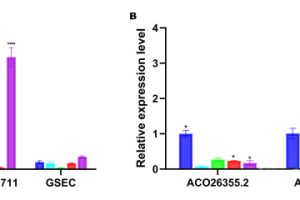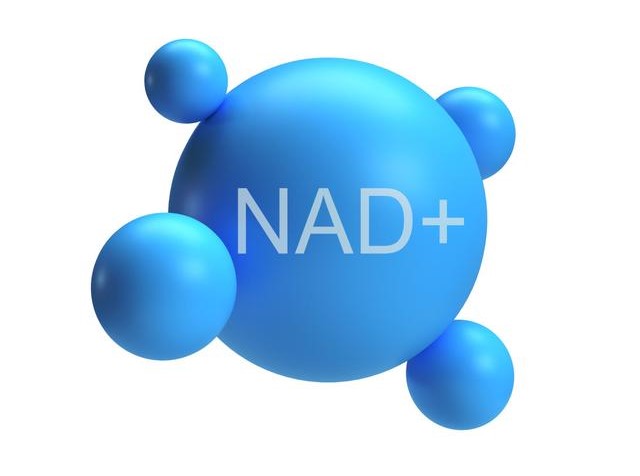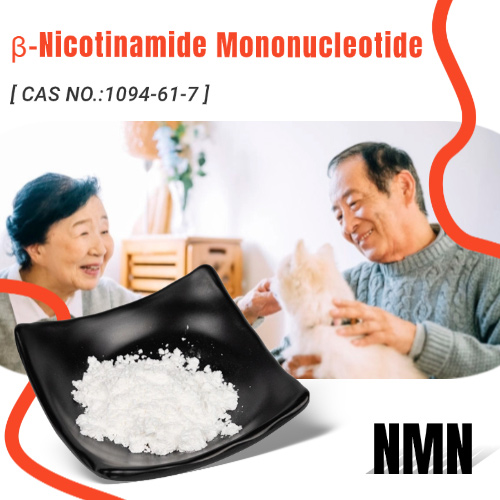In modern bioscience, coenzyme NAD+ (nicotinamide adenine dinucleotide) is well known for its central role in cell metabolism.
This small molecule is not only the agent of many key biochemical reactions, but also a key factor connecting the production and use of energy in cells. It is made up of two main components: niacinamide (also known as vitamin B3) and adenosine.
When cells need to break down nutrients such as glucose to produce energy, NAD+ functions as a carrier of electrons, helping to transfer hydrogen atoms (actually electrons and protons) from glucose to the respiratory chain, where energy is ultimately generated.
In this process, nicotinamide adenine dinucleotide is reduced to NADH, which can then release electrons again during cellular respiration and switch back to NAD+.
Now, let’s dive into a few key precursor substances that the body can use to synthesize nicotinamide adenine dinucleotide.
1. Tryptophan (Trp)
This is an essential amino acid, meaning we must consume it through food because the body cannot synthesize it on its own.
Tryptophan can be converted into NAD+ after a series of complex biochemical reactions.
This process involves several enzymatic steps, including the conversion of tryptophan to nicotinamide mononucleotide (NaMN), which is then converted into nicotinamide adenine dinucleotide.
2. niacin:
This is a form of vitamin B3 that can be used directly to synthesize NAD+. In the body, niacin is converted to nicotinate adenine dinucleotide (NaAD), which subsequently receives additional adenosine to form nicotinamide adenine dinucleotide.
It is important to note that excessive intake of niacin may cause side effects, so caution should be exercised when supplementing this precursor substance.
3. Nicotinamide ribose (NR)
This is a more advanced precursor that is closer to the structure of nicotinamide adenine dinucleotide than niacin.
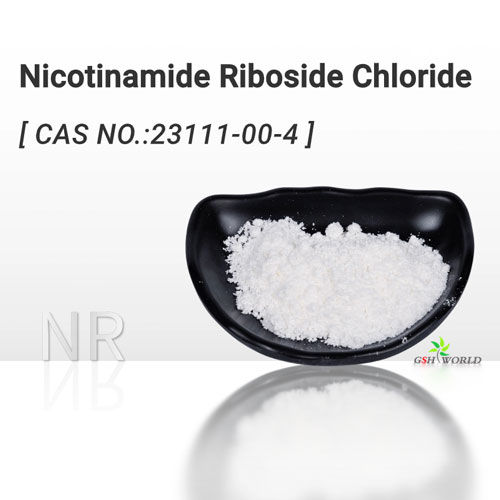
It can be directly converted to nicotinamide adenine dinucleotide through a one-step reaction, making it an effective way to boost NAD+ levels in the body.
Because of its high conversion rate and relatively few side effects, it is often seen as the preferred way to supplement NAD+.
4. Tetrahydroquinolinediol (QA)
This is a more unusual precursor that is found in some plants and microorganisms and can indirectly promote the synthesis of nicotinamide adenine dinucleotide.
By supporting the synthetic pathways of other precursor substances, QA helps increase NAD+ levels in the body.
5. NMN
As a precursor of NAD+, NMN is considered to be an important intermediate for the synthesis of nicotinamide adenine dinucleotide.
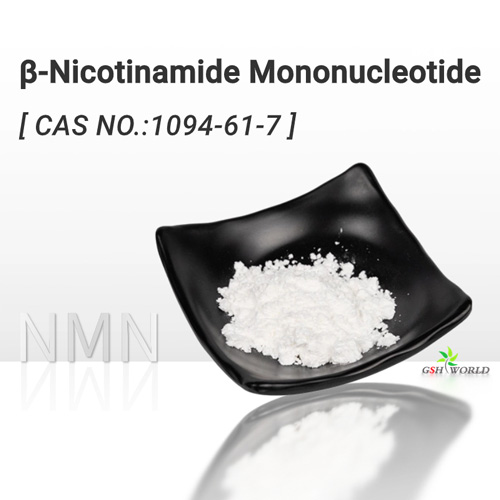
When the human body ingests NMN, it can quickly enter the cell and participate in the synthesis of NAD+ pathway.
Through this pathway, NMN can help increase the level of nicotinamide adenine dinucleotide within the cell, thereby supporting the normal function and metabolic activity of the cell.
Therefore, NMN supplementation is thought to potentially help maintain cell health, slow the aging process, and promote overall health.
The unique synthetic pathway and advantages of coenzyme NAD+ precursors
For example, although tryptophan is an amino acid, its conversion to NAD+ is a complicated process; Niacin and NR are more direct precursors, with NR being favored for its high efficiency.
Although QA, as a cofactor, does not directly participate in the synthesis of nicotinamide adenine dinucleotide, its presence is essential to maintain the balance of the overall synthesis pathway.
In practice, these precursors usually enter the body in the form of diet or supplements. A balanced diet, with foods rich in these precursors, can help maintain adequate NAD+ levels. However, with age or in certain disease states, NAD+ levels may decrease, at which time appropriate supplementation may be beneficial.
In general, the precursor substances of NAD+ are diverse, each with its own characteristics, and jointly maintain the body’s energy metabolism through different ways.
Understanding these precursors is not only vital for scientists to study the mechanisms of energy exchange during life, but also provides valuable guidance for our daily care and improving our health.


